This was all done with much laughter; and in the full knowledge that we were either tricking our brains to see what was there, or becoming so lost in our own pareidolia, that we couldn't see anything truly anymore.
You might be thinking by now, 'Forget the picture on the curtains! There's a man sitting in that chair!'
No, there's not. There's not even a chair. Look again. If you're struggling to see past the patterns produced by your brain, start at the top. Can you see the corner in the roof panels? Follow that down, until you grasp that the ghost's crotch and legs are created by the corner of the room. His enormous pelvic area is suggested by two walls meeting there.
It's exacerbated by the fact that those 'walls' are actually thin, painted panels of plasterboard. There's a rogue panel leaning up against walls of the same color, in that corner.
The 'chair' is suggested by the leg of a table on the right-hand side; and the background on whatever print is on that curtain, or window blinds, or picture to the left. Light is streaming through the window, turning more of that print into the ghost's chest.
Look closely at the head. It's too indistinct to call it completely, but it looks to me like a rag hanging from a hook. Or something else stacked there.
I believe in ghosts, but I also believe in pareidolia. This image, to my mind, is pure pareidolia and an excellent example of why ghost hunters need to watch out for it.


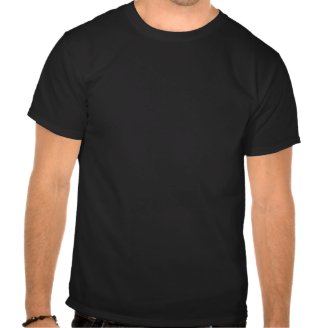
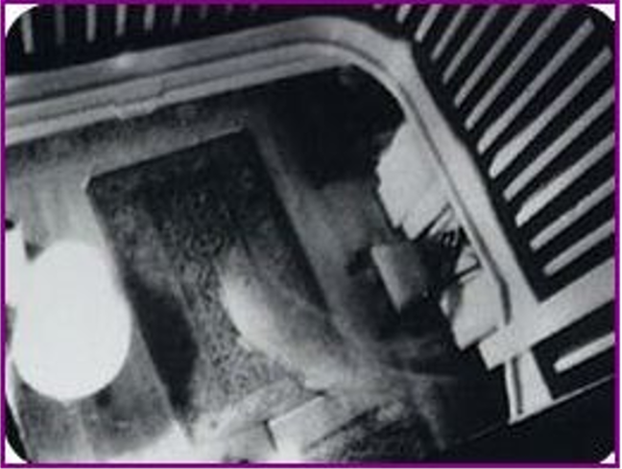
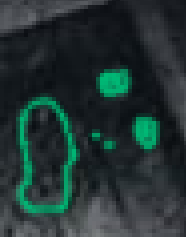
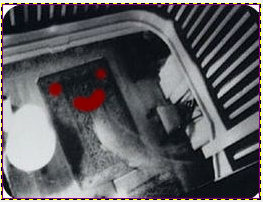
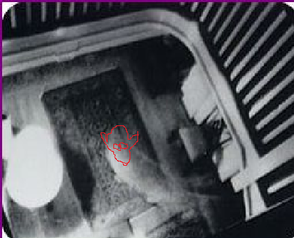
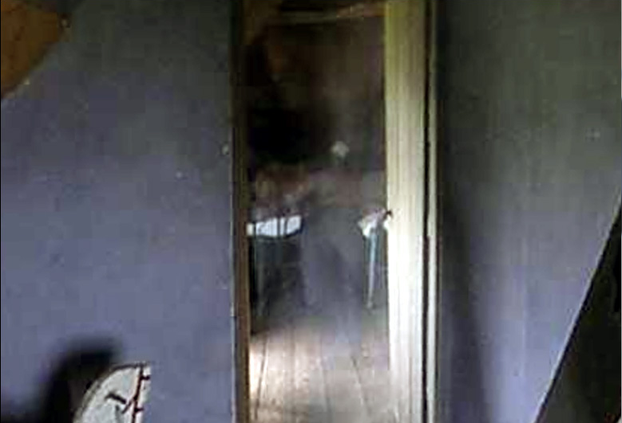
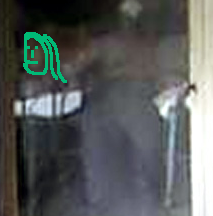
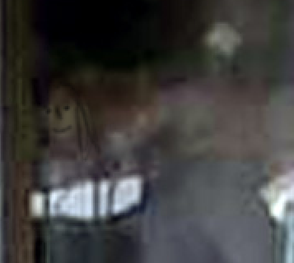
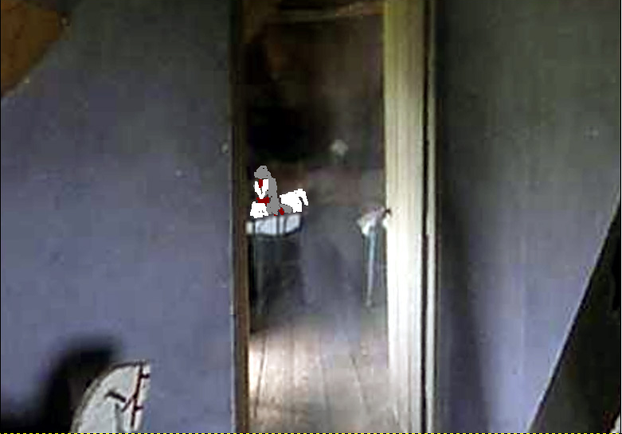

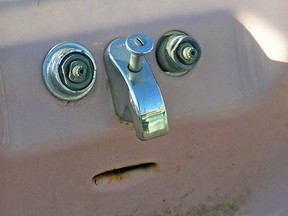 Every ghost hunter wants to get the piece of definitive evidence, which convinces the whole world that ghosts exist. That will never happen, if a charge of pareidolia can be proven, in the telling, the image, the audio recording or the footage.
Every ghost hunter wants to get the piece of definitive evidence, which convinces the whole world that ghosts exist. That will never happen, if a charge of pareidolia can be proven, in the telling, the image, the audio recording or the footage.









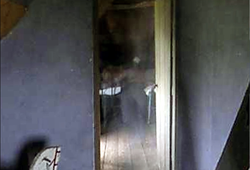

 St Tydecho's Churches in West Waleson 09/03/2014
St Tydecho's Churches in West Waleson 09/03/2014
 Goodies for an Outlander Premiere Partyon 03/06/2015
Goodies for an Outlander Premiere Partyon 03/06/2015
 Holocaust Memorial Day Interview with Rainer Höss, Grandson of Rudolf Architect of Auschwitzon 01/24/2015
Holocaust Memorial Day Interview with Rainer Höss, Grandson of Rudolf Architect of Auschwitzon 01/24/2015
 Romantic Valentine Gifts for an Outlander Fanon 01/16/2015
Romantic Valentine Gifts for an Outlander Fanon 01/16/2015

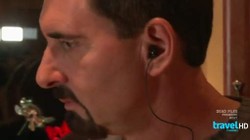
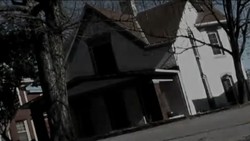
Comments
Nicely ninja-ed into the conversation there, Mira!
Look at the walls in the foreground, then at the ghost's trousers. They are the same colour precisely. Paul was messing with the image in GIMP, and he could match the hex codes.
Nor could he see any evidence of photoshopping, which is quite obvious at pixel level. I was trying to talk him into writing a sister article to this one, but about how photoshop can be used to fake ghost images. You're right, that does happen a lot.
I saw the extra mauve as being a panel leaning up against the wall, but actually in that room.
"Paredoilia" :)
I agree that's what happens most of the time with ghosts but what I don't understand looking at that picture where the ghosts has trousers the color of the wall... what I don't understand is what exactly is that color at that spot in the picture. If this was what we actually see, then I can imagine the brain putting some mauve there, but if this is a photo, that mauve has to be something. Doesn't it? The only explanation I have is that the image is actually photoshopped.
It's now a word that you can edge into conversations! I'm glad that you enjoyed the article.
i love this article, i never knew thats what the phenomena was called though
Glad that you thought so. :)
Very interesting Jo!
Agreed. It does leave me with the impression that something terrible is occurring on the edge of the tub.
I think the sink seems friendly but troubled.
It's a paranoid sink.
I'm with 2uesday, the sink looks terribly morose.